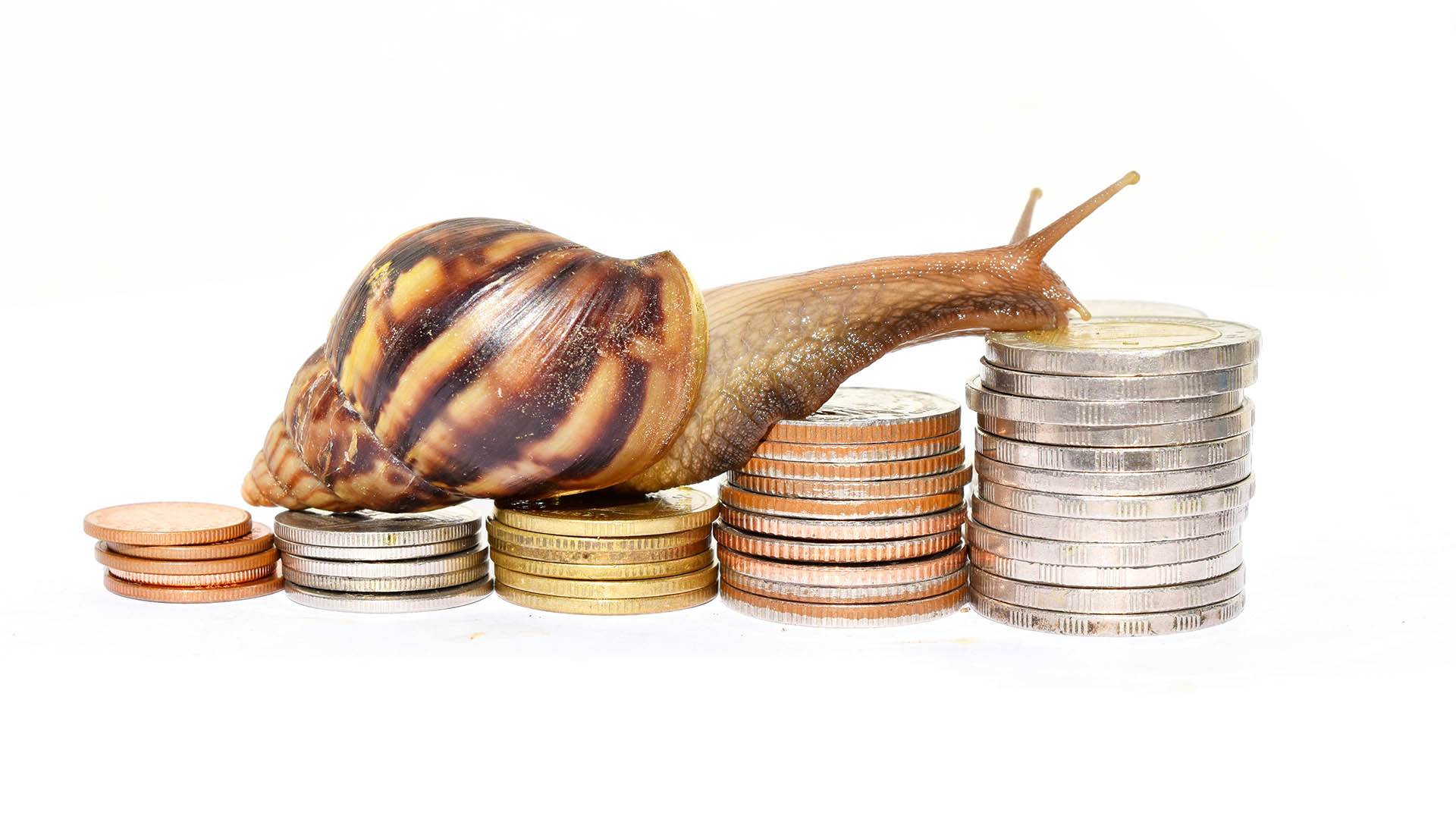Westpac shares actually had a fairly sedate reaction to the 26% rise in cash earnings to $5.88 billion for the year to September 30.
Yes that was a record, but nothing like the $6.3 billion statutory profit reported by most media, which was due to a favourable tax ruling on the takeover of St George two years ago, according to the result filed with the ASX yesterday.

But it was enough to boost the profits of the big four banks to over $21 billion, and leave the rate gouging Commonwealth on top of the pile with a result of $6.1 billion for the year to June.
The ANZ reported 2010 cash profits of $5.1 billion last week while the smallest of the big four, NAB, managed to produce a market-beating $4.5 billion the day before.
Like its three peers, Westpac said a sharp drop in bad debts and provisions helped bolster the result; impairment charges dropped 56% to $1.456 billion.
Provisions for credit impairments in the second half shrank to $577 million from $1.68 billion, especially in the September half when cash profit jumped 26% to $2.93 billion, from $2.33 billion a year ago.
That was weaker than the ANZ’s 69% rise in the second half to September and the NAB’s 32% jump.
Westpac’s shares have fallen 7.5% this year, the second-worst performance of the banks. The wider market is off 4%.
Yesterday’s performance was marginally more positive, up 11c to $23.42, after peaking at $23.68 during the day.
It was hardly an overwhelming reception for the result, which went stripped back to basics, was not that solid, depending almost entirely on lower bad debt provisions.
The bank will pay a second-half dividend of 74 Australian cents (up 23% on the final for 2009).
It took the full-year payout to $1.39 from $1.16 a share in 2009.
The 2010 full year payout is the second highest on record, which is surely a sign of the bank’s rebound and improved profitability.
Westpac’s second-half net interest margin or the difference between what it earns from loans and pays to depositors narrowed to 2.17% from 2.39% a year earlier.
But that second half fall represented an easing in the rate of decline and Westpac reported that it leveled out in the last quarter of the year.
The group’s total net earnings were struck on revenue of $16.9 billion, up 2% on 2009.
Like its peers, Westpac has had to deal with slower credit growth, particularly in the business sector.
Westpac said it is anticipating a continued rise in credit growth with the housing market maintaining its single digit increases despite the on-going rate rises in Australia and the topping-up increases now being pushed through by the banks.
“Beyond the immediate challenges, the medium term outlook is very positive,” Mrs Kelly said.
“Australia is likely to be amongst the highest performing advanced economies over the next few years and will be one of the most stable and important in the Asian region,” she said.













